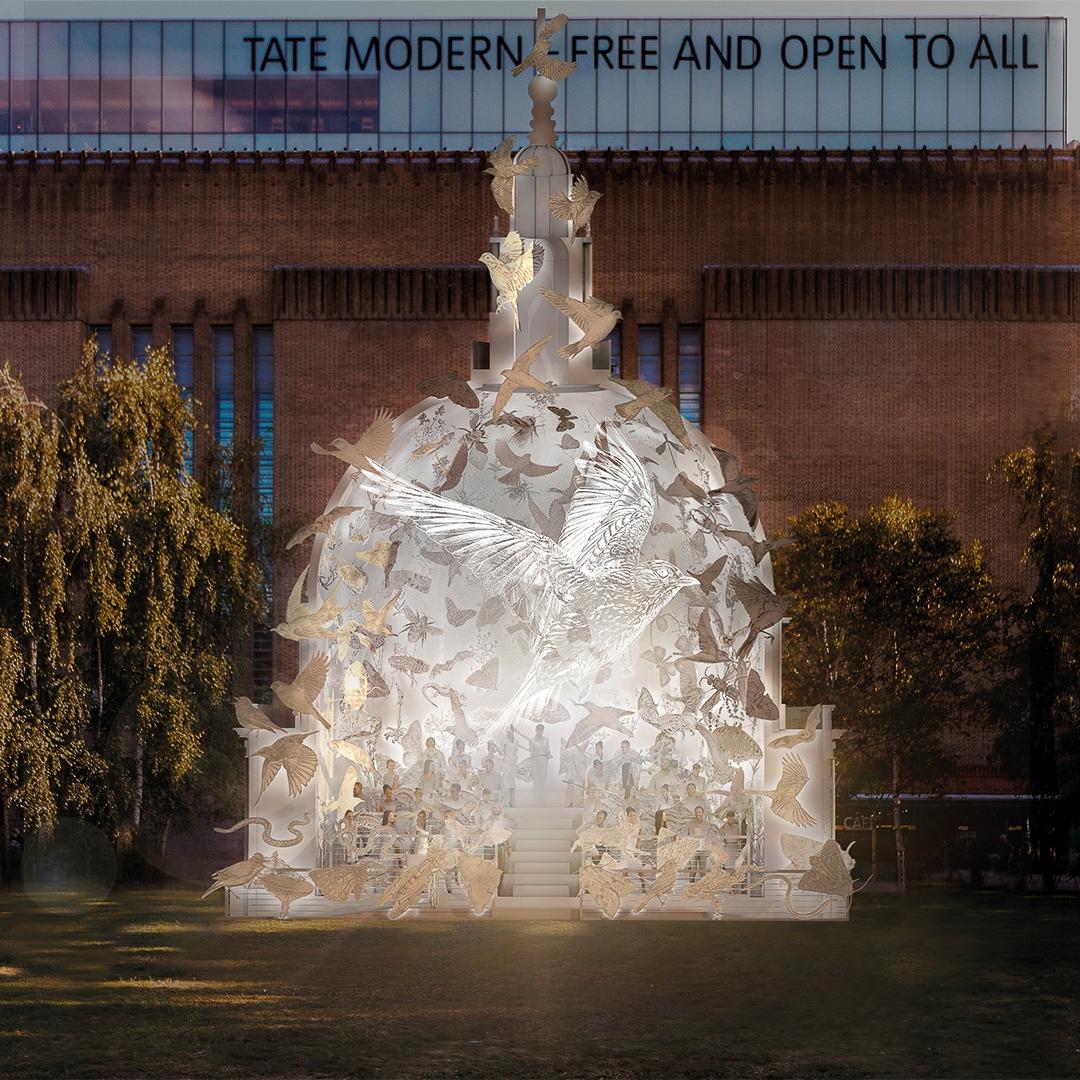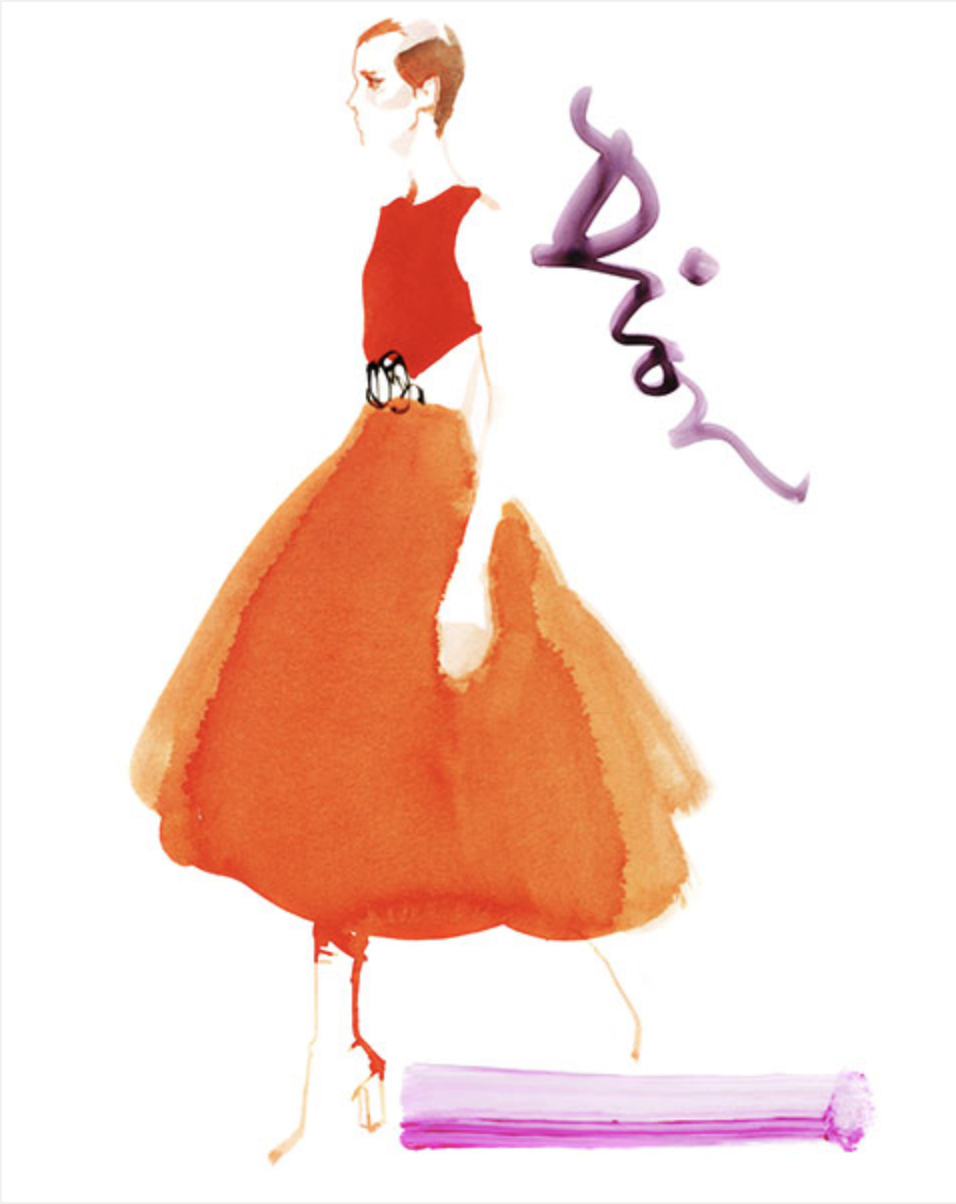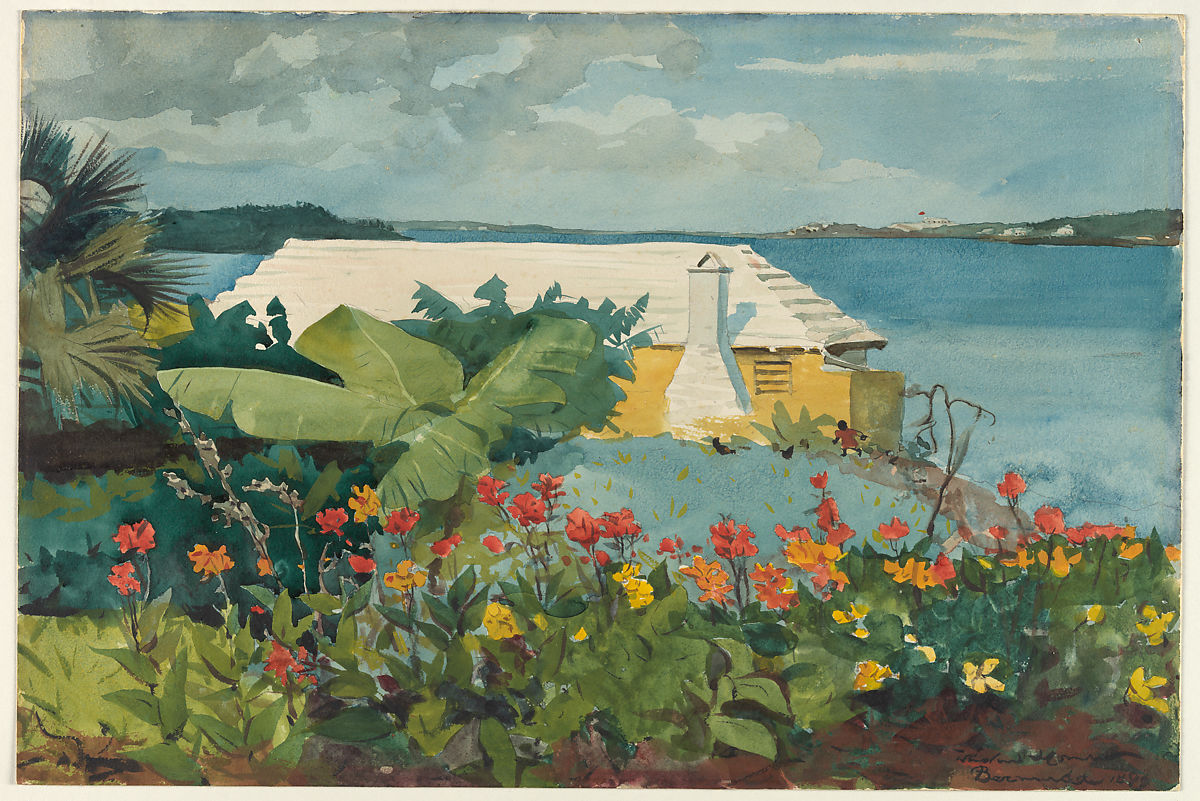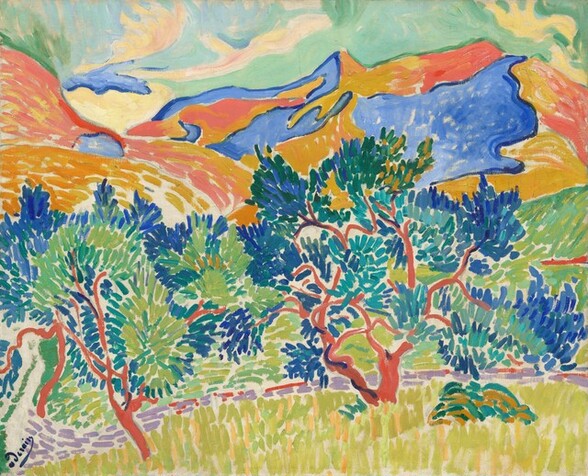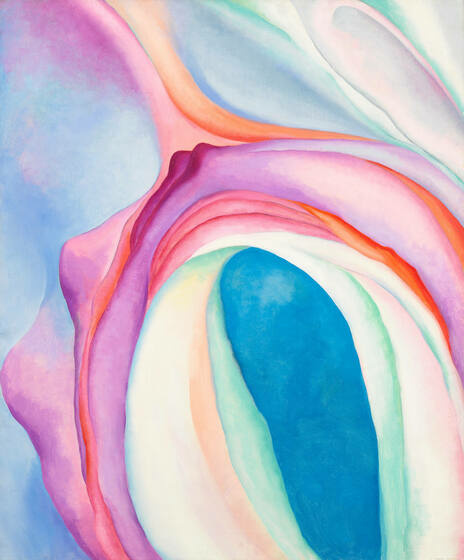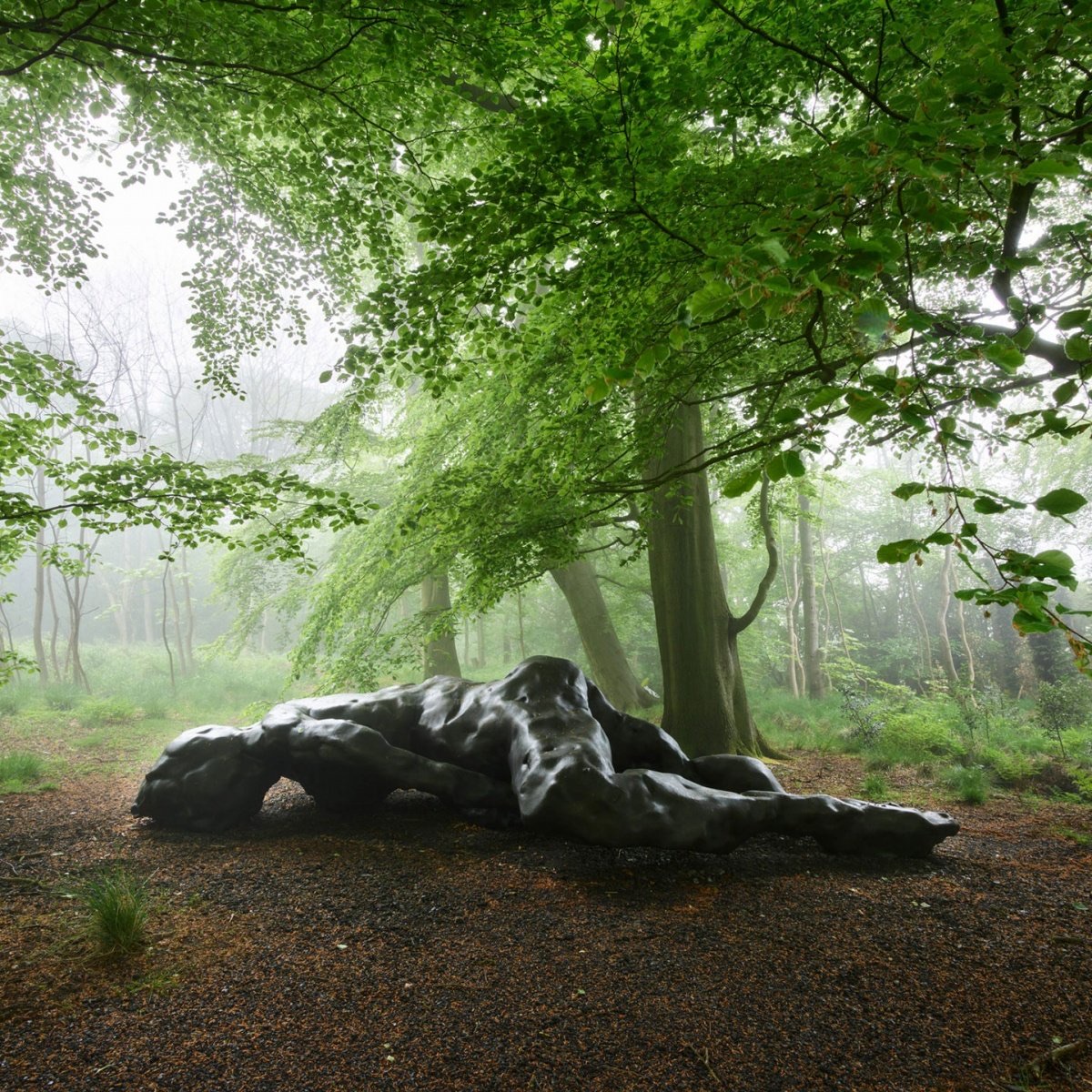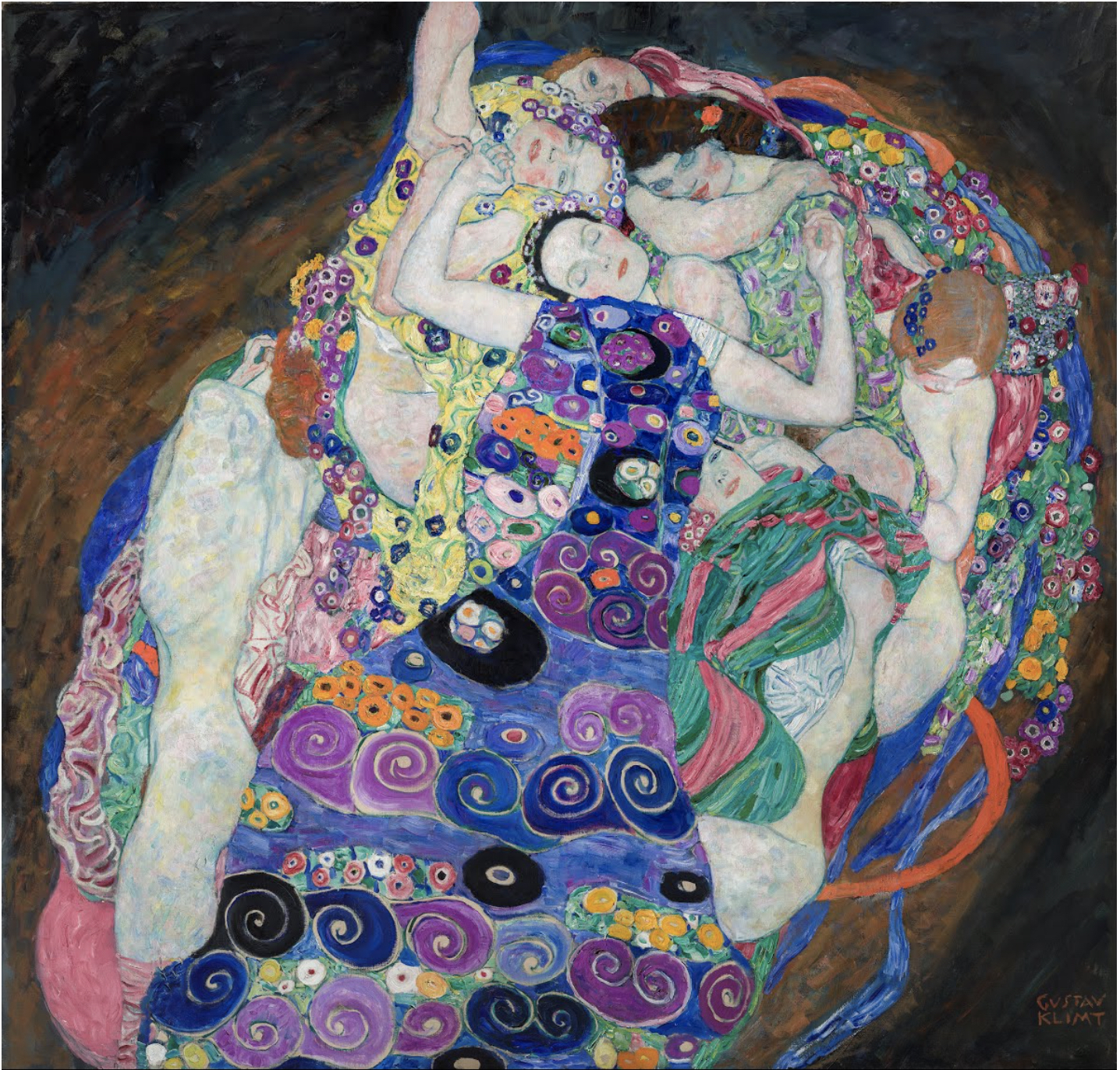
Discover Marina Abramović, Presence and Absence, 2022
Marina Abramović puts her audience centre stage. Over the past 50 years, she has tested the limits of her own physical and mental endurance in her work — and pushed audiences to question their own responses and emotions. Gates and Portals, her new site-specific performance-based exhibition at Modern Art Oxford, is no exception. Rather than just viewing artworks in front of you, you will be invited to respond to the artist’s structures, objects and instructions. For Abramović, this participation will prompt visitors to experience heightened bodily awareness and transitional states of being. ‘Their experience with the object is the artwork itself, without that experience the objects are empty,’ she says. In true Abramović style, it offers an intense, physical encounter that will stay with you long after you’ve left the building.
Share




